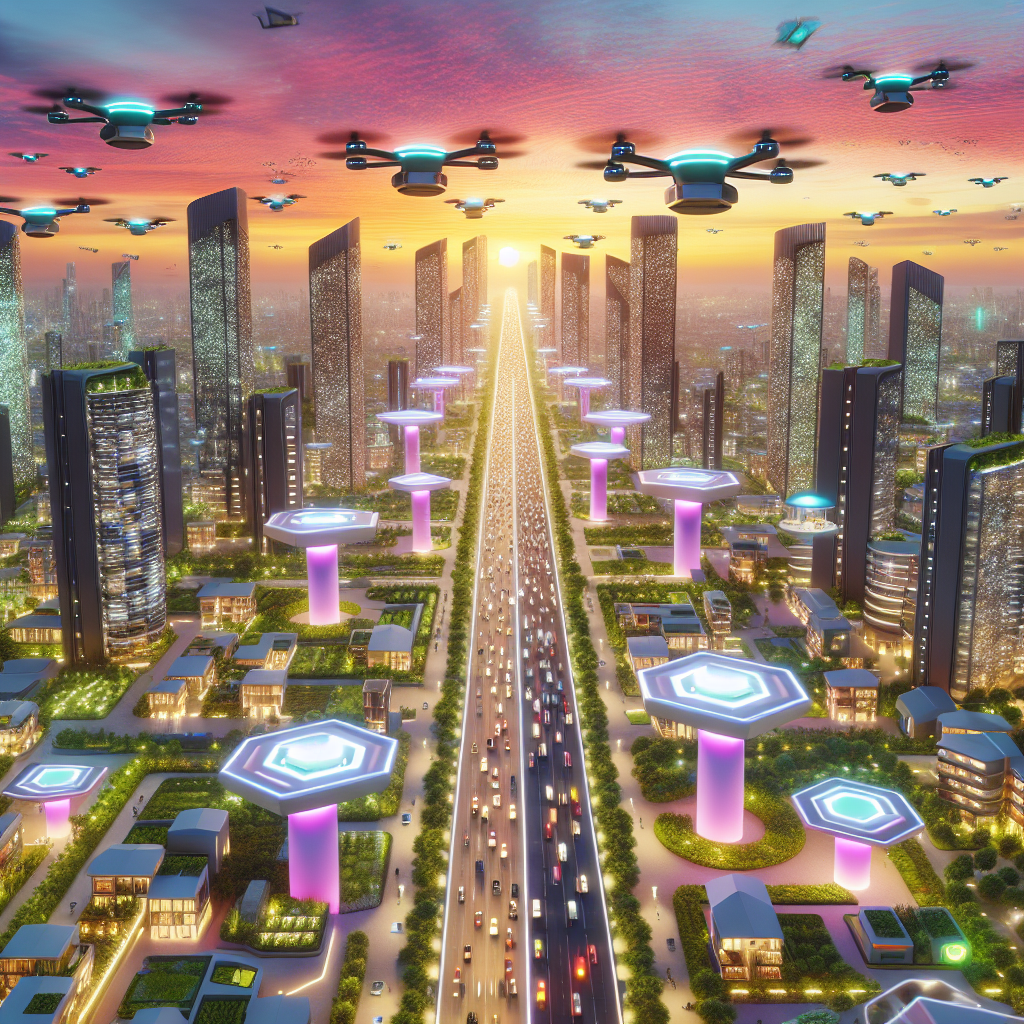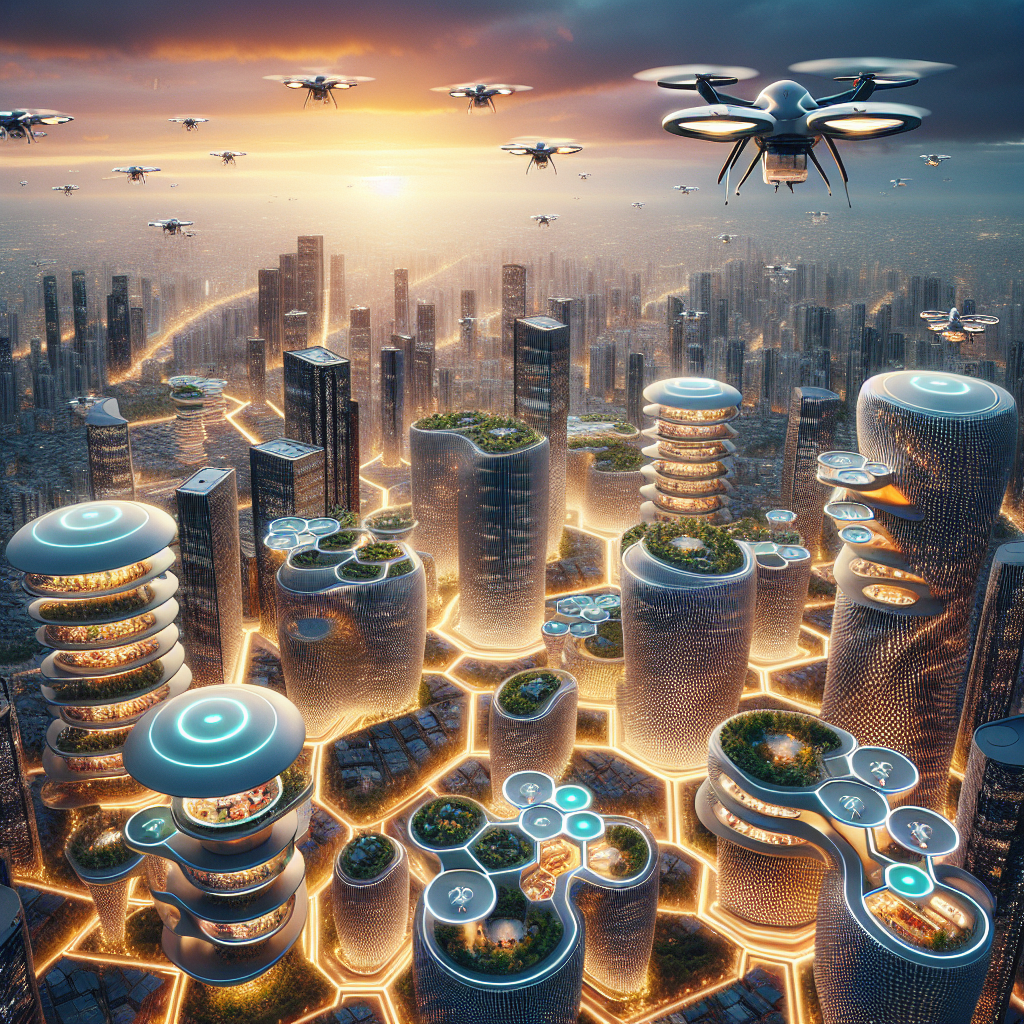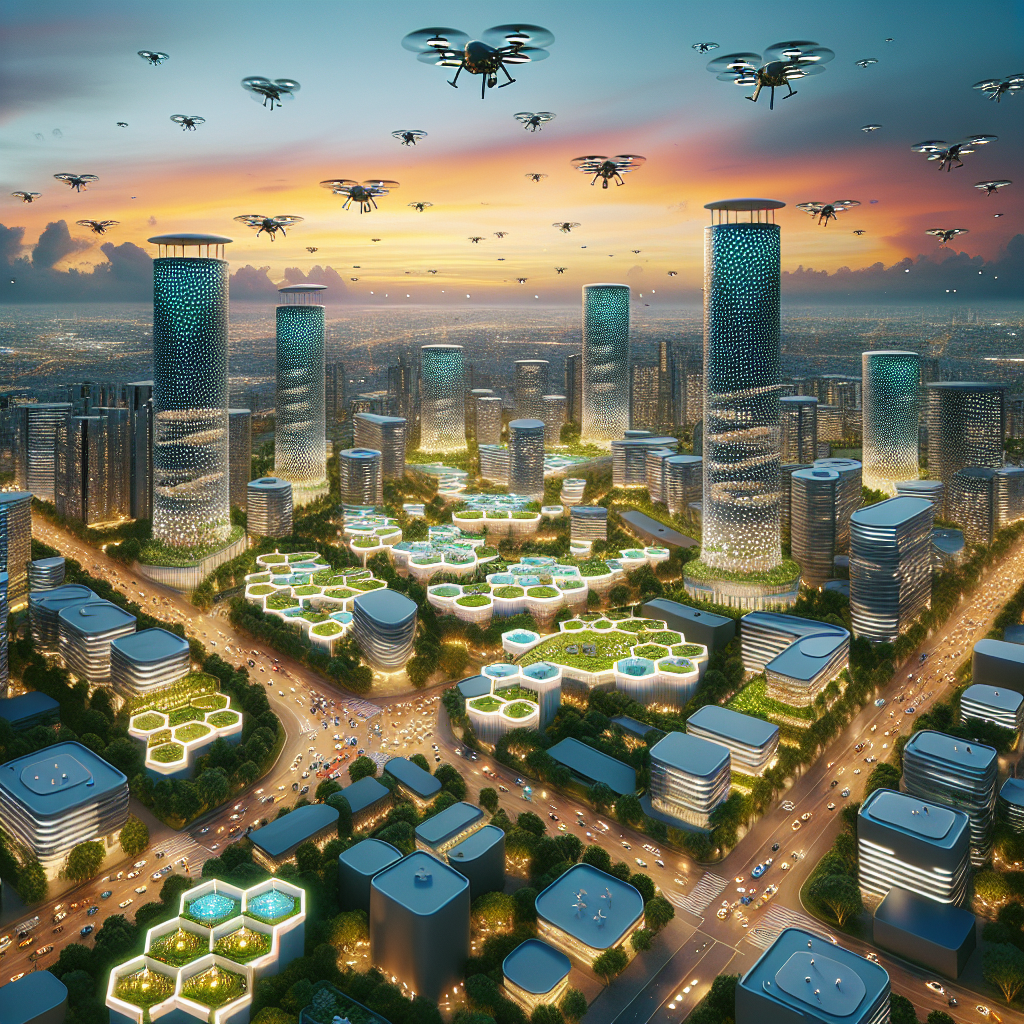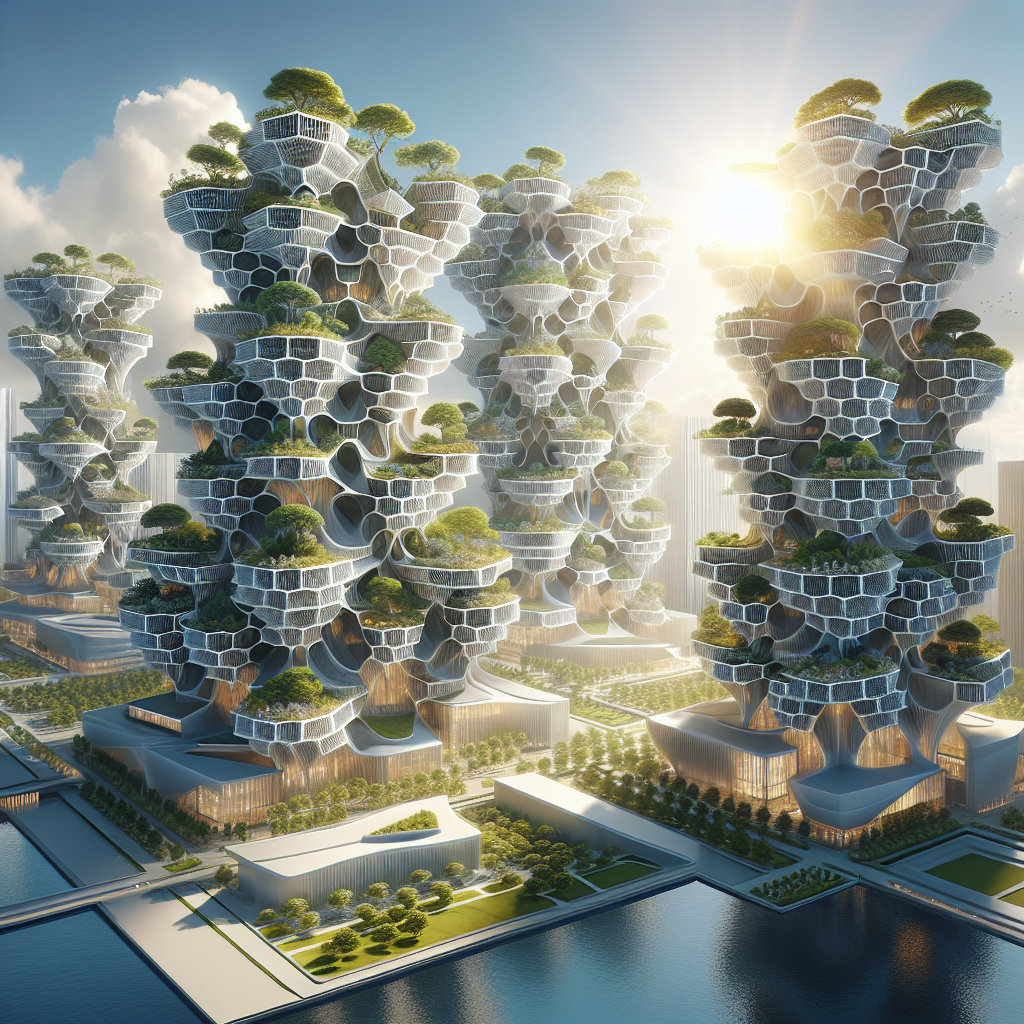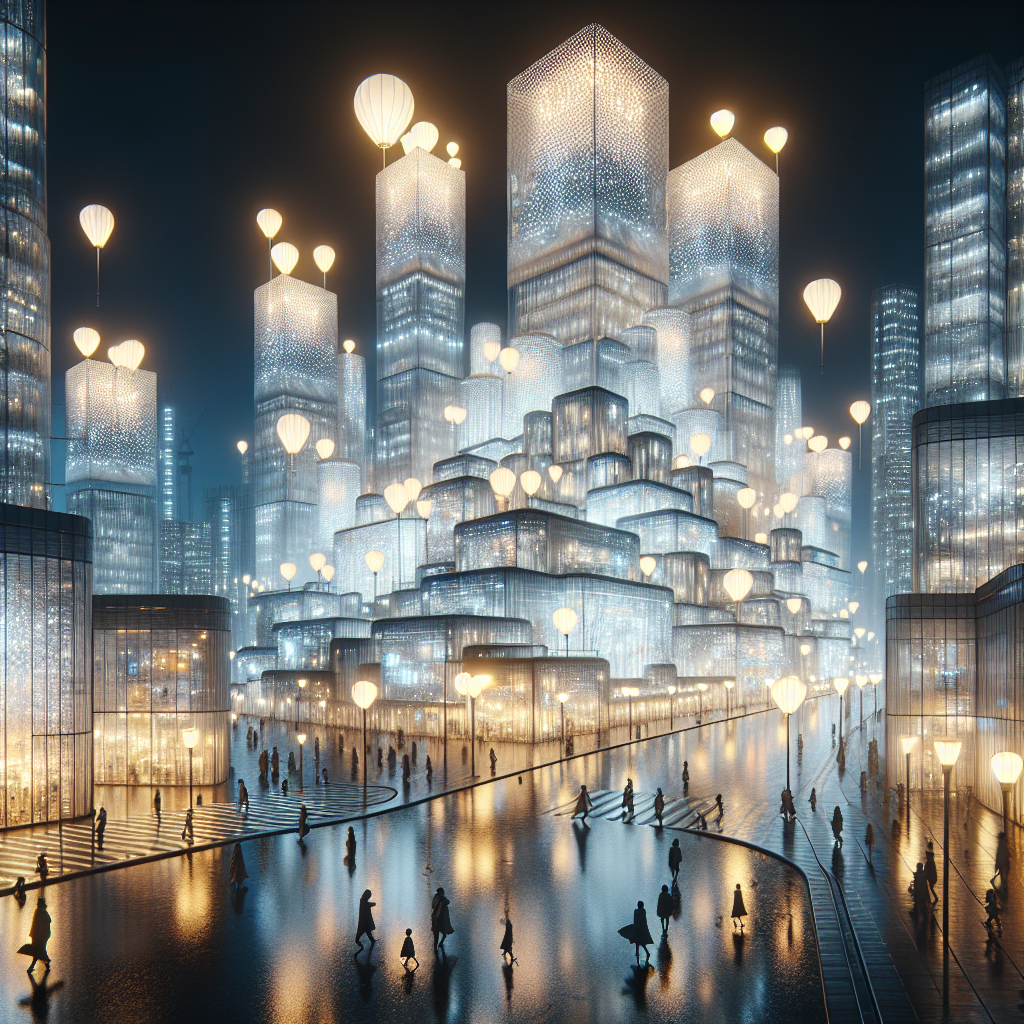Drone Delivery: Revolutionizing Logistics and Urban Transport

Drone Delivery: Revolutionizing Logistics and Urban Transport
As urban landscapes continue to evolve, so too does the intricate dance of logistics and transportation. In recent years, the emergence of drone delivery systems has begun to reshape not only how goods are transported but also how cities themselves are designed and experienced. With innovative architectural solutions and thoughtful urban planning, drone technology is poised to redefine the future of urban mobility, logistics, and design.
The Rise of Drone Delivery: An Architectural Perspective
In bustling cities where space is a premium commodity, architects and urban planners have long sought solutions to streamline logistics without compromising aesthetics or functionality. Enter drone delivery—an innovation that not only alleviates traffic congestion but also offers architects an opportunity to reimagine building designs. As drones take to the skies, rooftops, balconies, and even dedicated drone ports become essential architectural elements, influencing both the visual and functional aspects of urban structures.
Take, for instance, the striking SkyPort Tower in Singapore, a visionary project integrating drone landing pads seamlessly into its facade. The building’s elegant, aerodynamic curves and minimalist glass exteriors are punctuated by discreet landing platforms, blending form and function in a futuristic symphony. Such designs underscore the growing trend of integrating advanced technologies into architectural aesthetics, as discussed in our exploration of technology’s impact on futuristic city design.
Transforming Urban Mobility and Infrastructure
Drone delivery is not merely a logistical innovation; it represents a profound shift in urban mobility paradigms. According to recent data from the World Economic Forum, drone delivery systems could reduce urban traffic congestion by up to 30% by 2030, significantly lowering carbon emissions and enhancing air quality. This aligns closely with global sustainability goals and urban resilience strategies, highlighting drones as a key component in the transition toward greener cities.
Urban planners are now envisioning dedicated aerial corridors and drone highways, meticulously mapped to ensure safety, efficiency, and minimal visual disruption. These invisible pathways will integrate seamlessly with existing infrastructure, redefining cityscapes and offering designers new creative possibilities. The concept echoes the principles of responsive design, creating adaptable urban environments that respond dynamically to evolving transportation needs.
Interior Design Meets Drone Delivery: The Last-Mile Revolution
Beyond exterior architecture, drone delivery also influences interior design, particularly in residential and commercial spaces. The rise of drone delivery lockers and reception zones within apartment complexes and office buildings has led designers to rethink entryways and communal areas. These spaces are now envisioned as welcoming, functional hubs, seamlessly integrating drone delivery infrastructure without sacrificing style or comfort.
For example, luxury apartment buildings in Tokyo’s upscale Shibuya district have incorporated drone delivery balconies into their design. These sleek, private landing zones feature minimalist railings, ambient lighting, and biophilic elements, reflecting the principles of biophilic design and enhancing residents’ well-being. The result is a harmonious blend of convenience, aesthetics, and sustainability.
Case Study: Amazon Prime Air’s Architectural Integration
Amazon Prime Air’s drone delivery initiative provides a compelling case study in the integration of logistics and architecture. In Seattle, Amazon’s innovative drone delivery hubs, known as “Hives,” are architectural marvels. These vertical structures feature honeycomb-like drone docking stations, creating visually captivating facades that double as functional logistics centers. The Hive’s translucent, illuminated exterior panels glow softly at night, transforming logistics infrastructure into public art installations.
Such architectural innovations exemplify how drone delivery infrastructure can enrich urban aesthetics, creating iconic landmarks that celebrate technological advancement. The success of Amazon’s Hives underscores the potential for architects and designers to elevate logistical structures into celebrated urban features.
Challenges and Considerations in Drone-Integrated Design
Despite its transformative potential, drone delivery presents unique challenges for architects and urban planners. Privacy concerns, noise pollution, and visual clutter are significant considerations that must be thoughtfully addressed. Innovative design solutions, such as sound-absorbing building materials, strategic landscaping, and discreet drone ports, are essential to mitigating these issues.
Moreover, regulatory frameworks and safety protocols must evolve alongside architectural innovations. Collaborative efforts between architects, urban planners, policymakers, and technology companies are crucial to ensuring that drone delivery enhances urban life without compromising quality of living. This collaborative approach mirrors the ethos explored in our article on collaborative design projects, emphasizing the power of multidisciplinary cooperation.
The Future of Drone Delivery in Urban Design
Looking ahead, drone delivery technology promises to continue reshaping urban environments, offering architects and designers unprecedented opportunities for innovation. Emerging trends such as autonomous drone swarms, AI-driven logistics management, and advanced materials will further influence architectural and interior design decisions. Cities like Dubai and Amsterdam are already pioneering drone-integrated urban planning, setting benchmarks for global adoption.
Additionally, the integration of drone delivery with other emerging technologies, such as autonomous vehicles and vertical farming, presents exciting possibilities for holistic urban ecosystems. As explored in our feature on vertical farming, combining these innovations can create self-sustaining, efficient, and aesthetically pleasing urban environments.
Conclusion: Embracing the Drone Delivery Revolution
Drone delivery is undeniably revolutionizing logistics and urban transport, offering architects and designers a fresh canvas upon which to reimagine cities. By thoughtfully integrating drone infrastructure into architectural and interior designs, professionals can create harmonious, sustainable, and visually compelling urban landscapes. As drone technology continues to evolve, so too will the opportunities for innovation, creativity, and urban transformation.
Ultimately, embracing drone delivery means embracing a future where logistics and design converge seamlessly, enhancing urban life and redefining the very fabric of our cities.
For further reading on innovative architectural trends, explore our insights into wooden skyscrapers and the sustainable future of urban design.
To delve deeper into drone technology and its applications, visit the comprehensive overview on Wikipedia’s Delivery Drone page, the detailed exploration of Urban Air Mobility, and insights into Logistics Management.
